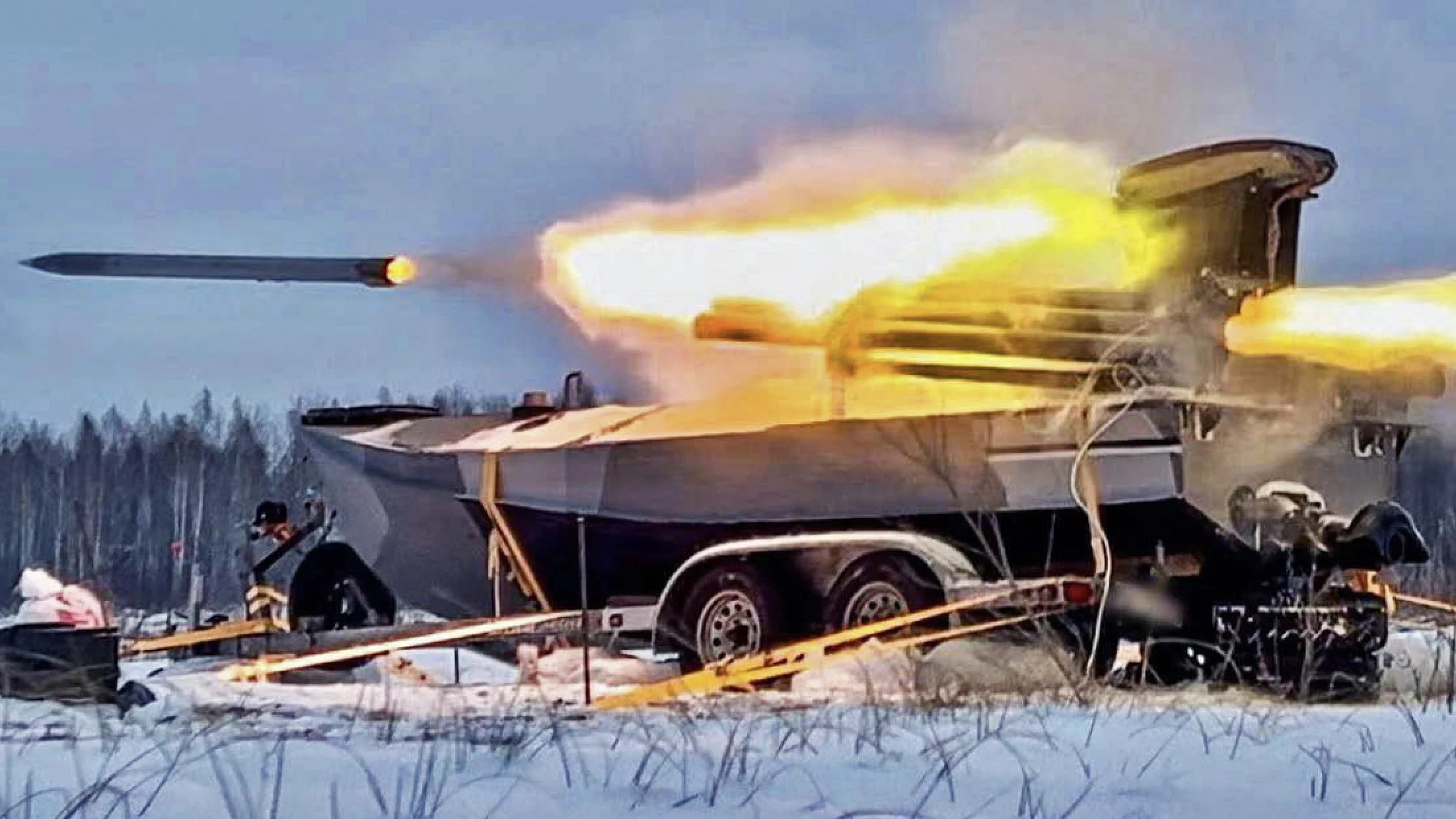-
A Ukranian official told the Financial Times the country was mounting rockets onto its naval drones.
-
The official said they were being used to strike Russian positions in occupied Mykolaiv.
-
A video shows a sea drone firing several rockets toward Russian targets.
Ukraine has placed rockets onto its feared sea drones and is using them to attack Russian land targets, a Ukrainian official says.
Citing an unnamed Ukrainian intelligence official, the Financial Times' Ukraine correspondent, Christopher Miller, said in a post on X that Sea Baby naval drones were now being mounted with Grad multiple-launch rocket systems.
The official said they'd been used to strike Russian positions on the Kinburn Spit in the occupied Mykolaiv region on Monday.
An unnamed security source seemed to confirm the upgrade and the attack to the Kyiv Independent.
"This technological solution is already showing powerful results," the source told the outlet.
"So new surprises await the enemy," they added.
The Security Service of Ukraine didn't immediately respond to a request for comment from Business Insider.
But a video shared by Russian and Ukrainian sources showing a naval drone firing several rockets appears to back up the reports.
According to Anton Gerashchenko, a former advisor to Ukraine's internal-affairs ministry who shared the footage on X, the video shows an unmanned surface drone "launching missiles" at Russian positions near the Kinburn Spit.
Get AfriPrime Android Web View app....Click the link to Amazon app store to download https://rb.gy/3xek46
The Ukrainian military website Militarnyi reported that the video showed a Ukrainian unmanned boat mounted with an MLRS firing at least six shells at Russian positions.
BI couldn't independently verify the time or location of the video.
In a post of its own, Ukraine's defense ministry said that Sea Baby drones were equipped with "Grad" rocket launchers and that they had become "even deadlier" for the Russian fleet.
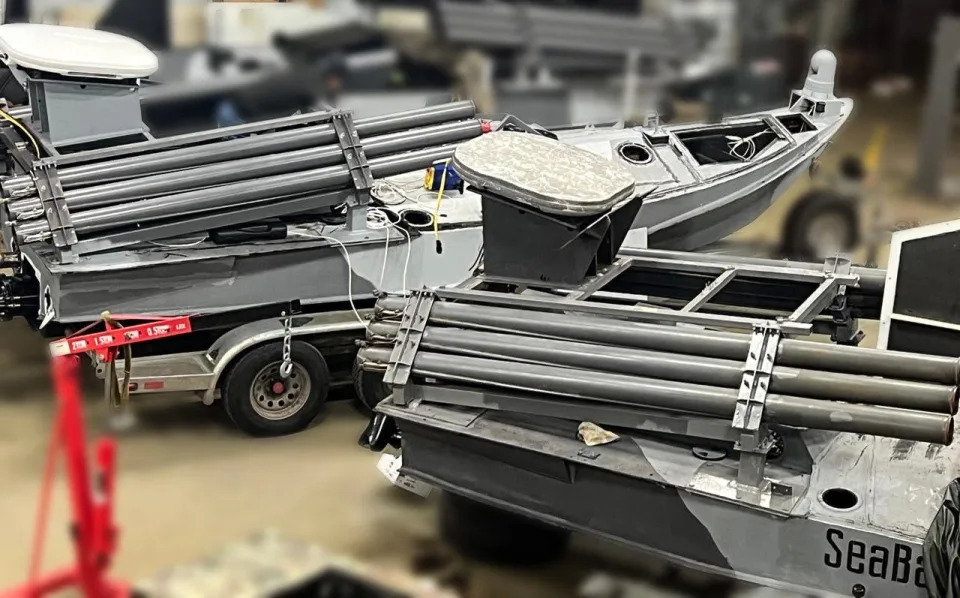
Ukraine has frequently deployed its naval drones over the course of the war, outfitting them with larger warheads and using them to devastating effect against Russia's Black Sea Fleet.
Russia said it destroyed six naval drones last week in what might have been Ukraine's biggest drone attack, with targets including the two major Russian naval ports of Sevastopol and Novorossiysk, the Kyiv Independent reported.
Ukraine said in January it was using sea drones fitted with missiles to attack Russia's Black Sea Fleet, and it appeared to be using heat-seeking missiles to strike Russian naval assets earlier this month.
Get AfriPrime Android Web View app....Click the link to Amazon app store to download https://rb.gy/3xek46
Artillery Rocket-Firing Ukrainian Drone Boat Shown During Testing
A series of imagery confirms that the widely used Sea Baby uncrewed surface vessel (USV), or drone boat, has been equipped with Grad-series artillery rockets. The rocket-armed boat has reportedly already been used to successfully engage Russian vessels. Once again, the development demonstrates that Ukraine is exploring using its growing fleet of USVs for missions beyond one-way kamikaze attacks.
A series of imagery confirms that the widely used Sea Baby uncrewed surface vessel (USV), or drone boat, has been equipped with Grad-series artillery rockets. The rocket-armed boat has reportedly already been used to successfully engage Russian vessels. Once again, the development demonstrates that Ukraine is exploring using its growing fleet of USVs for missions beyond one-way kamikaze attacks, although there remain questions about the overall feasibility of the adaptation.
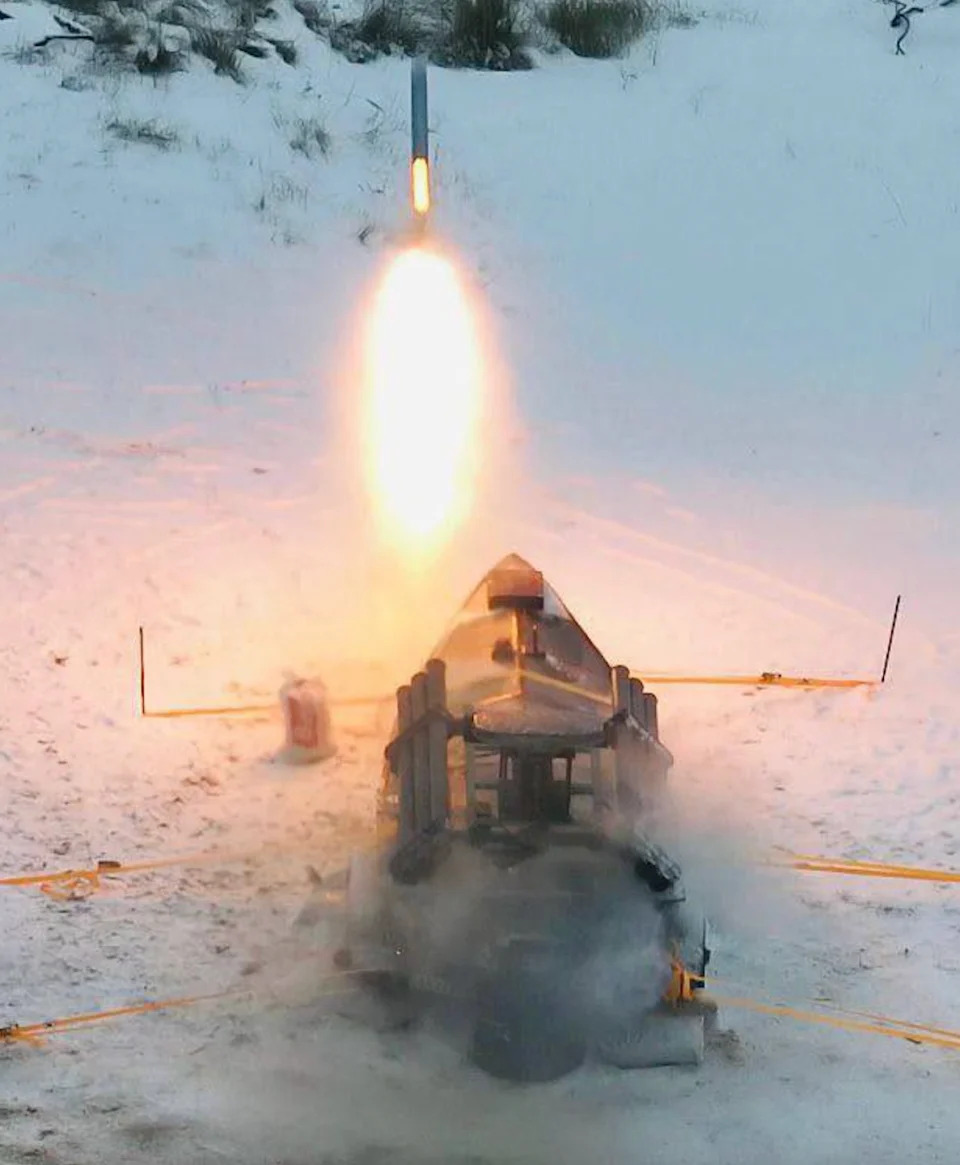
Photos released by the Security Service of Ukraine (SBU) show the rocket-armed Sea Baby drone during testing on land. Two of the photos are taken against a snowy backdrop, indicating that the tests were undertaken last winter, if not before.
Get AfriPrime Android Web View app....Click the link to Amazon app store to download https://rb.gy/3xek46
A frame added to the rear of the USV supports three rocket tubes on each side and two of the photos show what appear to be Grad-type artillery rockets actually being fired.
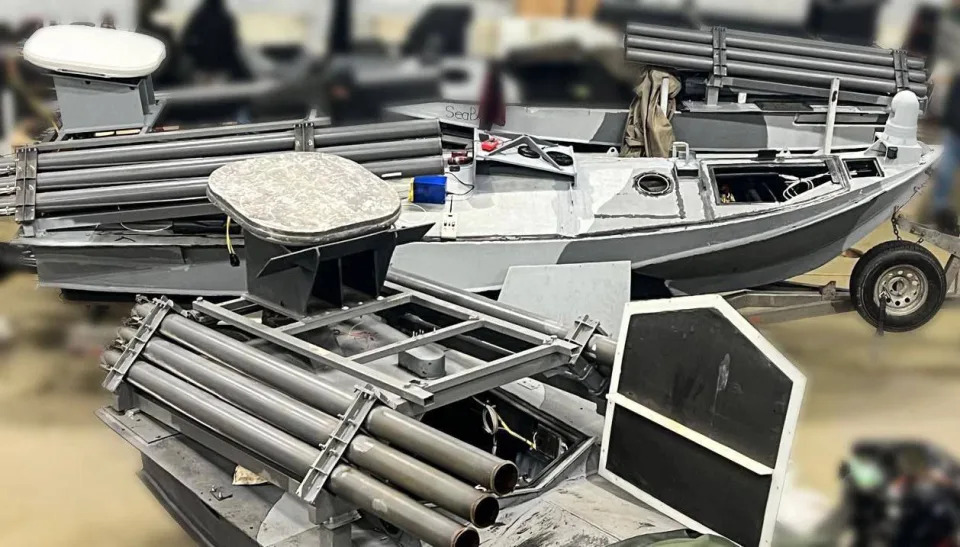
An unnamed SBU source told The Kyiv Independent that the rocket-armed Sea Baby drone has been used in combat “against Russian positions on the Kinburn spit,” a thin stretch of coastal land near Mykolaiv on Ukraine’s southern Black Sea coast. “This technological solution is already showing powerful results,” the source said, adding that “new surprises await the enemy.”
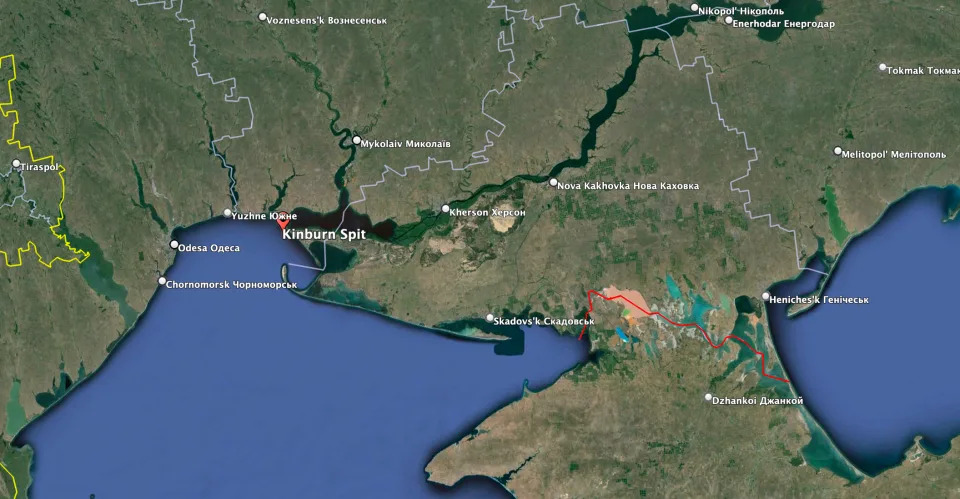
A video posted to YouTube claims to show a Sea Baby launching a rocket attack, perhaps the same one referenced by the SBU, but this cannot be confirmed. Certainly, the footage, apparently taken by an aerial drone in the vicinity, shows a salvo of approximately half a dozen rockets coming off the drone boat while it’s underway. The results of the engagement, and where the rockets impacted, is not clear.
There may have been previous references made to the rocket-armed drone boat, with an SBU spokesperson, Artem Dekhtiarenko, recently declaring that an upgraded version of the Sea Baby is now able to deliver almost a ton of explosives on a target over 1,000 kilometers [621 miles] away. “This means that the SBU can reach a target almost anywhere in the Black Sea,” Dekhtiarenko said.
While the name ‘Grad’ is often used as a catchall term for Soviet-era unguided rocket artillery, the rockets seen in the SBU’s photos appear to be the same kind as used in the BM-21 Grad, probably the best-known Russian multiple-launch rocket system (MLRS), also widely used by Ukraine.

The BM-21 Grad fires 122 mm rockets, from a variety of different vehicles. The maximum range of the basic rockets is around 13 miles. The standard rocket type is the 9M28F high-explosive/fragmentation round, but other options are available, including incendiary, flare, smoke, and anti-tank mine.
There have been previous efforts to introduce a rocket-armed Sea Baby in the past, as TWZ has detailed. In this case, the primary targets were understood to be Russian warships.
In January this year, the SBU released another video that was claimed to show the first use of such a system, to attack Russian ships near Sevastopol in Crimea.
At the time, SBU head Vasyl Maliuk said that the video showed “Ukrainian SBU drones firing at Russian boats that jumped out of one of the Crimean military ports to sink the drones. But the drones, instead of running away, turned around and opened fire in return.”
The brief video showed what appeared to be 14 munitions fired, but, again, not the results of the engagement.
After analyzing that video, Andrii Ryzhenko, a retired Ukrainian Navy captain told TWZ that the Sea Baby was likely armed with unguided RPV-16 thermobaric rocket launchers.
In contrast, the Grad is a much longer-range weapon, with a significantly heavier payload, capable of area bombardment.
At this point, any relationship between the Sea Baby configuration seen in the latest photos and previous reports of rocket-armed USVs is not entirely clear.
Regardless, as TWZ has discussed in the past, the military utility of any kind of unguided rockets launched from a USV is at least questionable.
The Grad is already a fairly inaccurate weapon and firing it from a very small boat as it bobs around on the waves is even less precise. Whatever type of targeting system is used, the chances are the results will be fairly indiscriminate. Presumably, the trajectory of the launch tubes can be altered to change the rockets’ trajectory, but there is still the issue of the lack of stabilization.
While a lack of accuracy on land can be compensated for with steady barrages of much larger numbers of Grad rockets, the same is not an option when launching them from a small drone boat.
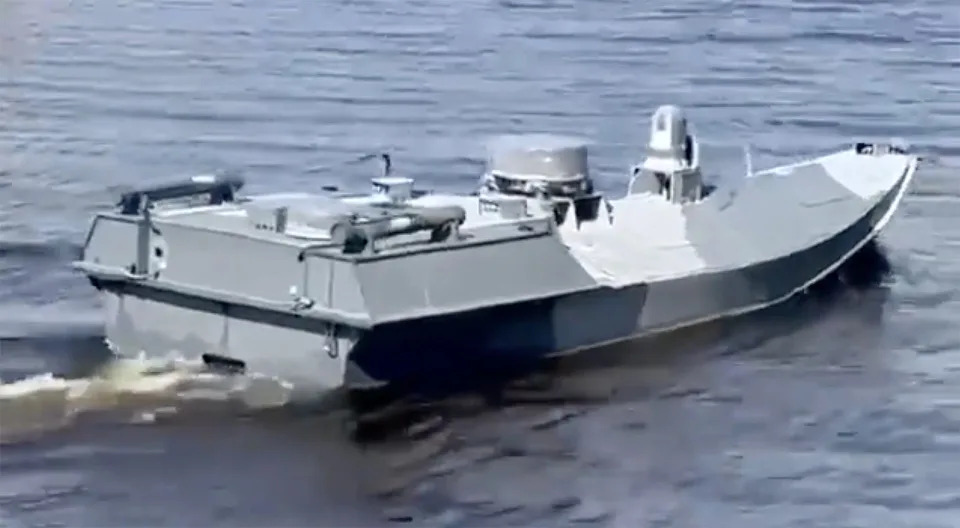
“Unguided rockets firing from a shaking platform on the go is just sporadic fire,” a Ukrainian defense official told TWZ earlier this year. “It has little practical value.”
Nevertheless, there are likely certain scenarios in which the Grad-armed Sea Baby could be useful. Especially if used in larger numbers, the drone boats could be at the very least effective nuisance raiders, prosecuting attacks on fixed coastal infrastructure.
Repeated kamikaze attacks by similar Ukrainian USVs confirm that these craft are by no means straightforward to defend against. At the same time, Russia has gotten much better at interdicting them early and keeping them from entering their harbors. The Grad adaptation would allow for standoff bombardment of these high-security areas, even if the results of those barrages are very inconsistent, if not largely symbolic. But doing so begs the question if possibly wasting these USVs, which are said to cost hundreds of thousands of dollars each, on such acts is worth it?
There have been other recent efforts to provide new capabilities to the Sea Baby. Earlier this month, it became clear that Ukraine has begun arming the USVs with heat-seeking air-to-air missiles. The adaptation seems to have been made to provide the drone boats with protection, and some deterrence value, against the Russian aircraft that are increasingly being used to counter them. As with the Grad rocket modification, there remain questions about how these newly added weapons are intended to work and just how practical the arrangement is.
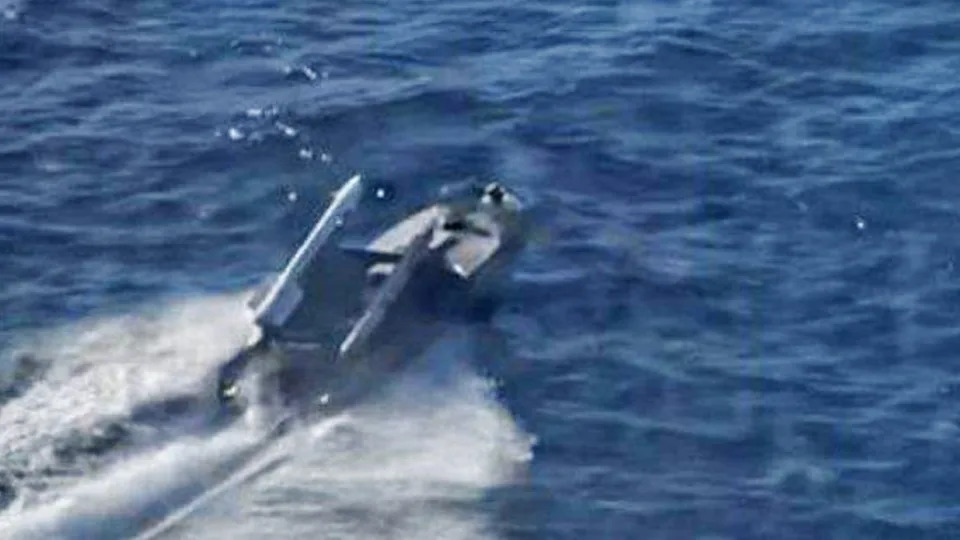
Since the first confirmed use of the Sea Baby in combat, during an SBU attack on the Kerch Bridge in July last year, the drone boats have been implicated in a string of other operations, primarily kamikaze attacks on vessels operated by the Russian Black Sea Fleet.
For now, the combat effectiveness of the Grad-armed Sea Baby remains unconfirmed — as does the effectiveness of the modification fitted with adapted air-to-air missiles.
Both, however, fit in with broader Ukrainian plans to migrate the kinds of capabilities found on larger naval vessels and incorporate them on USVs.
“We want to break down a large warship into its functions — air defense, weapons, protection — and put these weapons on several drones,” an SBU brigadier general with the callsign “Hunter,” told the Ukrainian Pravda (UP) news outlet earlier this year. “Ukraine does not have the time or money to build large warships, but a swarm of drones, which will include anti-aircraft drones, kamikaze drones, drones with guns, and so on, can solve the issue of the fleet in a completely different way.”
Ukraine now seems to be increasingly putting that philosophy into action.
With no chance of fighting the Russian Navy on its own terms, Ukraine has adopted a much more asymmetric approach, with drone boats very much at the center. It remains to be seen how successful the concept of USVs as multi-purpose reusable platforms is, but at the very least it provides another threat — or range of threats — that the Russians will need to respond to with suitable countermeasures, something that they have struggled to do in the past.
Get AfriPrime Android Web View app....Click the link to Amazon app store to download https://rb.gy/3xek46



